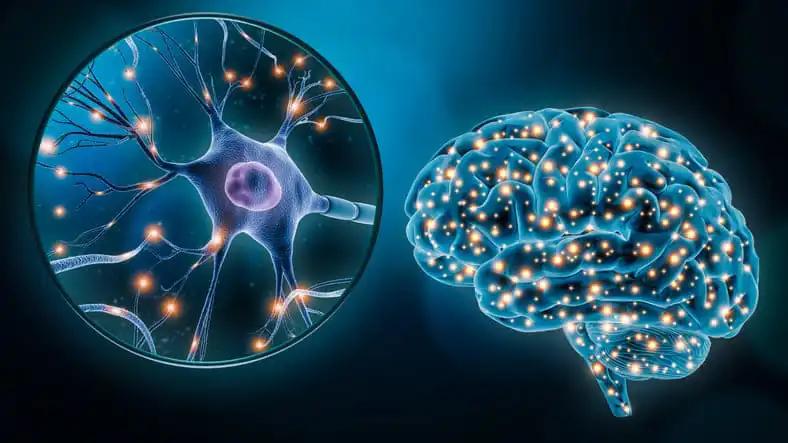KEY TAKEAWAYS
- The study aimed to investigate the prognostic value of T2-weighted and FLAIR imaging markers in astrocytoma, IDH-mutant.
- The key outcomes of the study were to evaluate PFS and OS.
- Researchers found that the super T2-FLAIR mismatch is a strong prognostic biomarker for IDH-mutant astrocytomas.
The T2-FLAIR mismatch is a highly reliable and specific sign for clinical implications as a prospective diagnostic imaging biomarker in astrocytoma a type of brain cancer, IDH-mutant. However, a robust imaging biomarker for prognosis has yet to be detected and validated through extensive research in the concerned research niche.
Iori Ozono and the team aimed to investigate the imaging prognostic markers, specifically analyzing T2-weighted and FLAIR images of this tumor.
They conducted a retrospective study involving 31 patients (pts) with IDH-mutant non-enhancing astrocytoma, and 30 cases from the Cancer Genome Atlas (TCGA)/The Cancer Imaging Archive (TCIA).
They defined “super T2-FLAIR mismatch sign” as exhibiting a markedly intense low signal similar to cerebrospinal fluid in non-cystic lesions, in contrast to merely a faint low-signal tumor lesion seen in the conventional T2-FLAIR mismatch sign.
Contrastingly, the cysts were identified as having a round or oval shape which were eliminated from the inclusion criteria for the super T2-FLAIR mismatch sign. Further evaluation was performed by using preoperative MRI to verify the presence or absence of the T2-FLAIR mismatch sign and super T2-FLAIR mismatch sign. The progression-free survival (PFS) and overall survival (OS) analysis was performed by using log-rank test.
Results showed that the T2-FLAIR mismatch sign was observed in 17 pts (55%) in the 1 dataset and 9 pts (30%) within the TCGA-LGG dataset, with no correlation to PFS or OS. In contrast, the super T2-FLAIR mismatch sign was detected in 8 pts (26%) and 13 pts (43%) in the TCGA-LGG dataset.
Those pts who had the super T2-FLAIR mismatch sign demonstrated significantly longer PFS (122.7 vs. 35.9 months, P= 0.0491) and OS (not reached vs. 116.7 months, P= 0.0232). Similarly, in the TCGA-LGG dataset, those with the super T2-FLAIR mismatch sign had notably longer OS (not reached vs. 44.0 months, P= 0.0177).
The study concluded that the super T2-FLAIR mismatch was found to be a robust and reliable prognostic biomarker for imaging perspectives which aided in the diagnosis if pts with non-enhancing astrocytoma, IDH-mutant.
The study received open-access funding by Hiroshima University.
Source: https://link.springer.com/article/10.1007/s11060-024-04758-4
Ozono I, Onishi S, Yonezawa U, et al. (2024). “Super T2-FLAIR mismatch sign: a prognostic imaging biomarker for non-enhancing astrocytoma, IDH-mutant.” J Neurooncol. 2024 Jul 12. doi: 10.1007/s11060-024-04758-4. Epub ahead of print. PMID: 38995493.



